 Inspiration comes unannounced.
Inspiration comes unannounced.
And if you don’t write it down, it never happened.
SO, HERE’S THE SECRET: create a portable creative environment.
My new favorite creativity Big Shot is Mihály Csíkszentmihályi. (Try saying THAT one three times fast!)
Anyway, he says, “Shape your immediate surroundings so as to feel in harmony with the small segment of the universe in which you happen to be located.”
So, if you’re a creative professional, you can’t expect to do all of your best work in the office or studio.
You must learn to thrive in many environments.
Here’s a list of tips to help you create on the go!
1. Capture. Keep a jotter or small notebook on your person at all times. It’s five bucks and probably the biggest lifesaver for idea capturing in the WORLD. Also, Zebra makes a contractible pen for easy storage.
2. Prepare. Keep books, tapes, pictures and other inspirational material everywhere. On coffee tables, in your car or bag, even in the bathroom! Make a list of all the places you might be stuck for a few minutes. Assure that each of them has SOMETHING to motivate your melon.
3. Commutes. If you take public transportation regularly, make a Creativity Travel Kit. Include writing tools, blank paper, books on brain-building, inspirational materials, music and a few protein-based snacks.
4. Car. Great ideas often come behind the wheel. Be ready to capture them with easily accessible tools like notepads or audio recorders. NOTE: be careful when getting creative while driving. Your new idea won’t do you any good if you’re stuck in the hospital!
5. Visits. If you’re a regular visitor or overnight guest at the houses of friends, family members or significant others, be ready. Let them know you’ll be keeping a notebook or small bag at their place, just in case.
6. THREE WORDS: get a laptop.
7. FOUR WORDS: index cards and Sharpies.
8. Backup. If you get a new idea on the road, at work or at any other unexpected time, email or call yourself and leave a message.
The key idea to remember about creating a portable environment is that it’s tailor-made and makes you feel in control.
To quote Mihaly again…
“Regardless of whether the conditions in which they find themselves are luxurious or miserable, creatives must manage to give their surroundings a personal pattern that echoes the rhythm of their thoughts and habits of action. Within this environment of their own making, they can forget the rest of the world and concentrate on pursuing the Muse.”
Good luck!
LET ME ASK YA THIS…
Where do you create outside of your studio?
LET ME SUGGEST THIS…
Create your portable creative environment today!
* * * *
Scott Ginsberg
That Guy with the Nametag
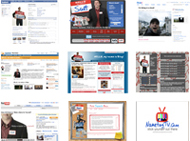 Are you a friend of The Nametag Network?
Are you a friend of The Nametag Network?
Read more blogs!
Rent Scott’s Brain!
Download articles and ebooks!
Watch training videos on NametagTV!
Make a name for yourself here…

 1. Because the more you give away for free, the wealthier you will be. Read more about this theory
1. Because the more you give away for free, the wealthier you will be. Read more about this theory 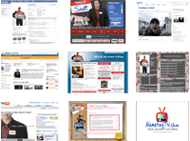 Are you a friend of
Are you a friend of  Some artists create art for fame.
Some artists create art for fame.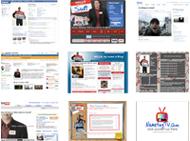 Are you a friend of
Are you a friend of  When you’re writing…
When you’re writing…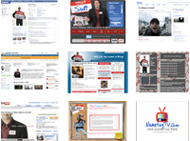 Are you a friend of
Are you a friend of  Ideas are your major source of income.
Ideas are your major source of income. Are you a friend of
Are you a friend of  1. Your idea probably isn’t that good … If everybody loves it.
1. Your idea probably isn’t that good … If everybody loves it.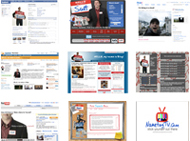 Are you a friend of
Are you a friend of  I’ve been writing books since I was 21.
I’ve been writing books since I was 21.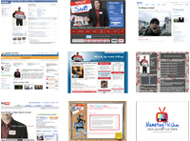 Are you a friend of
Are you a friend of 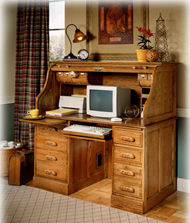 Creative professionals MUST exist in a creative environment.
Creative professionals MUST exist in a creative environment.  Are you a friend of
Are you a friend of  The most successful artists, innovators, entrepreneurs and inventors of the world aren’t One Hit Wonders.
The most successful artists, innovators, entrepreneurs and inventors of the world aren’t One Hit Wonders. HOT BODY #1
HOT BODY #1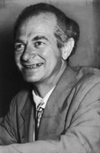 HOT BODY #2
HOT BODY #2 HOT BODY #3
HOT BODY #3 HOT BODY #4
HOT BODY #4 HOT BODY #5
HOT BODY #5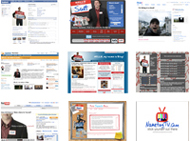 Are you a friend of
Are you a friend of  Sticky notes.
Sticky notes. Are you the luckiest person you know?
Are you the luckiest person you know?